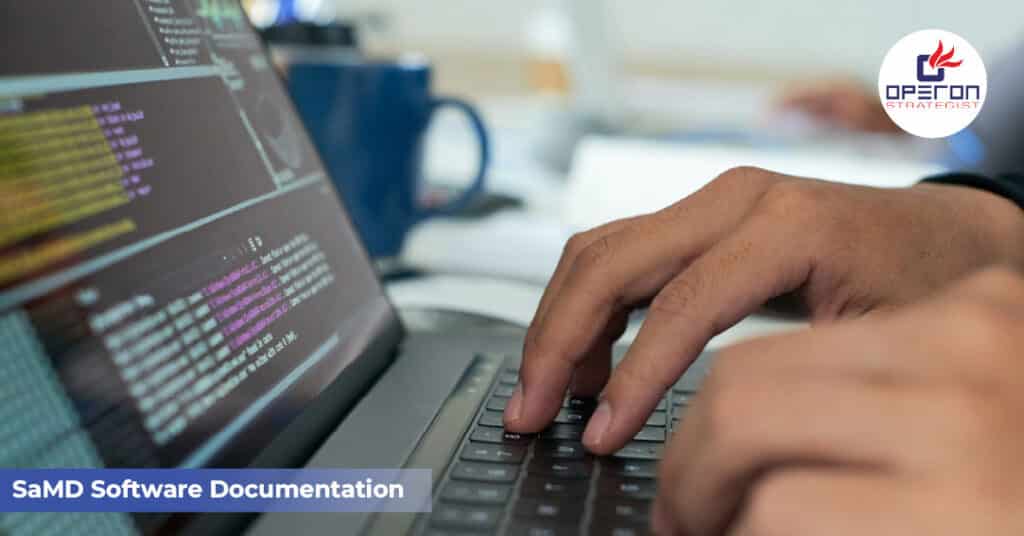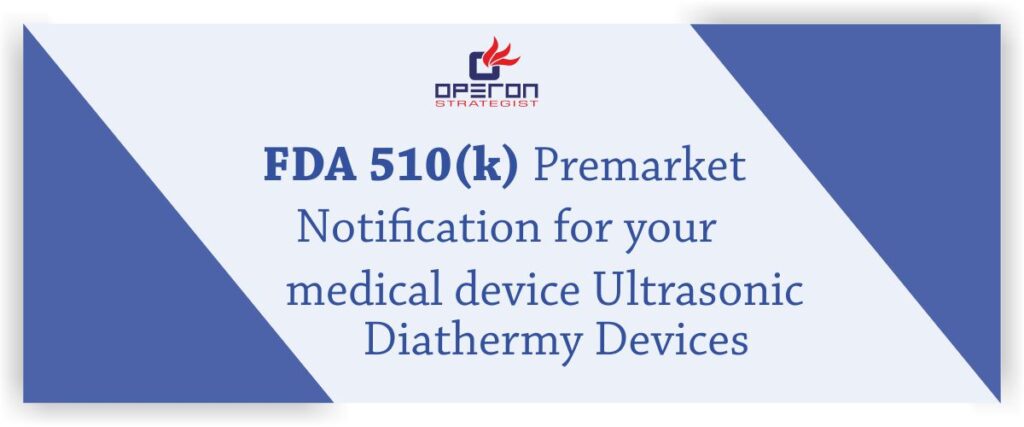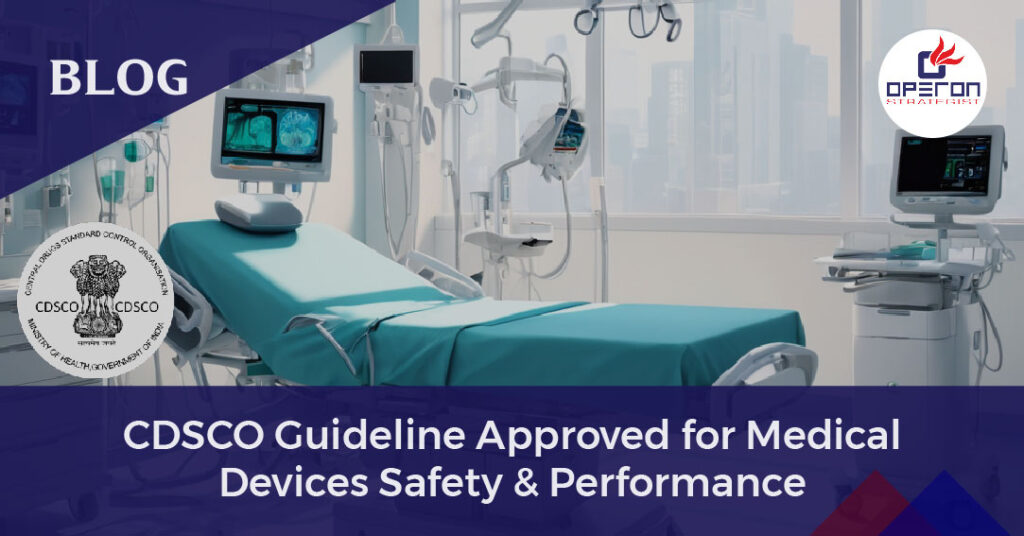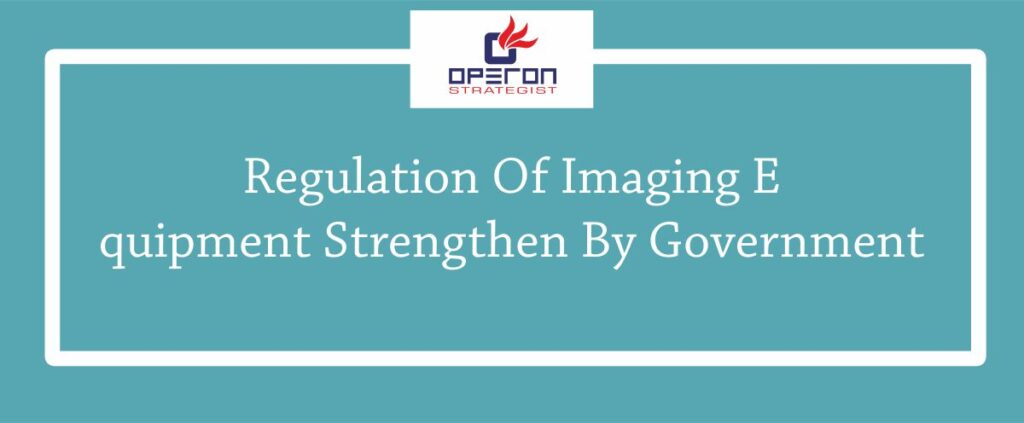SaMD Software Documentation:An Overview
As Software as a Medical Device (SaMD) and Software in a Medical Device (SiMD) continue to transform modern healthcare, regulatory bodies like the US FDA have established stringent documentation requirements for premarket submissions.
If you’re planning to bring your software-based medical device to the US market, the Center for Devices and Radiological Health (CDRH) mandates specific software documentation to ensure patient safety and product effectiveness.
In this blog, Operon Strategist presents the 7 essential SaMD software documentation requirements you must include in your FDA premarket submission. Following these guidelines not only improves your approval chances but also ensures regulatory readiness.
Need help preparing your SaMD documentation? Contact Operon Strategist for expert regulatory consulting support.
Looking For a Medical Device Regulatory Consultant?
Let’s have a word about your next project
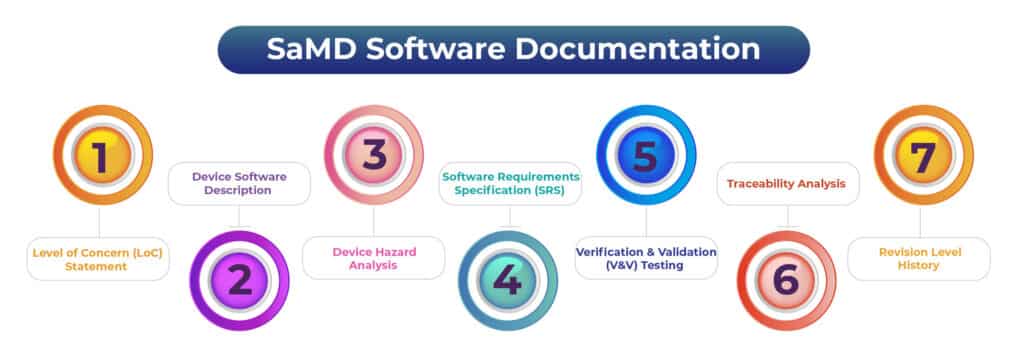
1. Level of Concern (LoC) Statement
Your Level of Concern (LoC) determines the extent of documentation required in your FDA submission. It evaluates the potential harm to users caused by software failure.
FDA Defines Three Levels:
- Minor: Failures unlikely to cause injury
- Moderate: Failures could lead to minor injury
- Major: Failures could result in serious injury or death
Include a clear justification of your device’s LoC, referencing how the software contributes to, controls, or mitigates potential hazards. Refer to FDA’s guidance on premarket submissions for detailed LoC determination criteria.
2. Device Software Description
This document provides a comprehensive overview of your software, including its functionalities, operating environment, and integration within the medical device.
Include the following:
- Software functionalities and features
- Intended use
- Programming language and operating system
- Hardware platform
- Use of Off-the-Shelf (OTS) software (if applicable)
Pro Tip: Cross-reference your Software Requirements Specification (SRS) to avoid redundancy.
3. Device Hazard Analysis
The hazard analysis identifies and evaluates potential software-related risks. Your risk management must align with ISO 14971:2019 standards.
Document should include:
- Hazardous events and causes
- Severity of each hazard
- Risk control measures
- Verification of controls
- Corrective actions
FDA emphasizes consideration of foreseeable misuse scenarios, whether intentional or accidental.
4. Software Requirements Specification (SRS)
The SRS outlines all software requirements including functionality, performance, interfaces, and development constraints.
Based on LoC:
- Minor: Summary version may suffice
- Moderate to Major: Submit detailed SRS
Include hardware, interface, and performance specifications. Ensure the SRS aligns with your software description for consistency.
5. Verification & Validation (V&V) Testing
Verification ensures your software meets design specifications. Validation confirms that the final product fulfills user needs.
V&V Documentation by LoC:
LoC | Required Documentation |
Minor | System-level tests, summary results, pass/fail criteria |
Moderate | Summary of all V&V activities, traceability, pass/fail documentation |
Major | Full testing documentation, test failures, modifications, and retesting results |
✅ Unsure about the extent of testing required? Let Operon Strategist guide your SaMD testing strategy.
6. Traceability Analysis
A traceability matrix links user needs, design inputs, hazards, and testing outcomes. It ensures that every requirement is verified and validated.
Example Structure:
User Need | SRS | SDS | Hazard | V&V |
UND-001 | SRS-003 | SDS-003 | HAZ-004 | TC-003 |
UND-002 | SRS-002 | SDS-004 | HAZ-001 | TC-001 |
Use your QMS reference numbers for consistency. Implementing tools like Operon Strategist or equivalent QMS systems can streamline this process.
7. Revision Level History
Track all software version changes to demonstrate development control. This is crucial for understanding the evolution of your software and any safety impacts of modifications.
Include:
- Date of change
- Version number
- Description of changes
- Impact assessment on safety and effectiveness
For FDA submissions, discrepancies between the tested and released versions must be clearly explained.
Get Expert Help for Your SaMD FDA Submission
Optimize Your SaMD Regulatory Journey with Operon Strategist
Ensuring complete and accurate SaMD software documentation is critical to a successful FDA premarket submission. These 7 documentation elements provide the foundation for regulatory compliance — but depending on your device’s Level of Concern, additional supporting documents may be required.
At Operon Strategist, we specialize in guiding medical device manufacturers through complex regulatory pathways, including SaMD submissions, QMS documentation, and 510(k) preparation.
📞 Start your SaMD compliance journey today with expert guidance. Contact Operon Strategist for Consultation.
- adminhttps://operonstrategist.com/author/admin-2/
- adminhttps://operonstrategist.com/author/admin-2/
- adminhttps://operonstrategist.com/author/admin-2/
- adminhttps://operonstrategist.com/author/admin-2/

